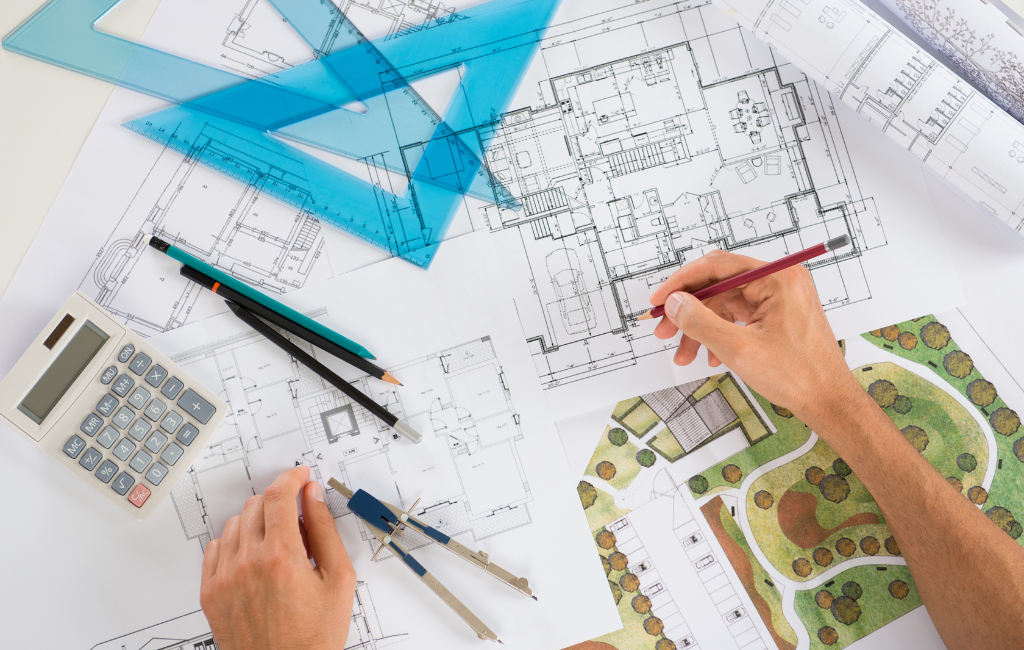Architect Vision: Transforming Spaces with Innovative Designs
Architecture has always been a reflection of human ingenuity and creativity. From the ancient pyramids of Egypt to the modern skyscrapers of New York, the evolution of architectural design showcases the limitless potential of human imagination. Today, architects are pushing the boundaries of design, transforming spaces in ways that were once thought impossible. This article explores how innovative designs are reshaping our environments and enhancing our lives.
The Role of Technology in Modern Architecture
Technology has revolutionized the field of architecture, enabling architects to create designs that are both functional and aesthetically pleasing. Advanced software tools allow for precise modeling and simulation, ensuring that every aspect of a design is meticulously planned and executed.
Building Information Modeling (BIM)
Building Information Modeling (BIM) is a game-changer in architectural design. BIM allows architects to create detailed 3D models of buildings, which can be used to visualize and analyze various aspects of the design. This technology enhances collaboration among architects, engineers, and contractors, leading to more efficient and cost-effective projects.
3D Printing
3D printing is another technological advancement that is transforming architecture. This technology allows for the creation of complex and intricate designs that would be difficult or impossible to achieve using traditional construction methods. 3D printing also reduces waste and speeds up the construction process, making it a sustainable and efficient option for modern architecture.
Sustainable Design: Building for the Future
Sustainability is a key consideration in modern architecture. Architects are increasingly focused on creating designs that minimize environmental impact and promote energy efficiency. Sustainable design not only benefits the environment but also enhances the quality of life for occupants.
Green Buildings
Green buildings are designed to reduce energy consumption and minimize waste. These buildings often incorporate features such as solar panels, green roofs, and rainwater harvesting systems. According to the U.S. Green Building Council, green buildings can reduce energy use by up to 30% and water use by up to 50%.
Passive Design
Passive design strategies focus on optimizing the natural environment to reduce the need for artificial heating and cooling. This includes the strategic placement of windows to maximize natural light and ventilation, as well as the use of thermal mass to regulate indoor temperatures. Passive design not only reduces energy consumption but also creates a more comfortable living environment.
Innovative Materials: Redefining Possibilities
The use of innovative materials is another way architects are transforming spaces. New materials offer unique properties that can enhance the functionality and aesthetics of a building.
Smart Glass
Smart glass is a cutting-edge material that can change its properties based on environmental conditions. For example, smart glass can become opaque to block out sunlight and reduce heat gain, or it can become transparent to allow natural light to enter. This adaptability makes smart glass an ideal choice for energy-efficient buildings.
Recycled Materials
Recycled materials are gaining popularity in architectural design. Using materials such as reclaimed wood, recycled metal, and repurposed concrete not only reduces waste but also adds a unique character to a building. Recycled materials can be used in a variety of applications, from structural elements to decorative features.
Case Studies: Innovative Designs in Action
Several projects around the world exemplify the transformative power of innovative architectural design. These case studies highlight how architects are using technology, sustainability, and new materials to create groundbreaking designs.
The Edge, Amsterdam
The Edge in Amsterdam is often referred to as the “smartest building in the world.” This office building uses advanced technology to create a highly efficient and sustainable workspace. Features include a smart lighting system that adjusts based on occupancy and natural light levels, as well as a sophisticated energy management system that optimizes energy use. The Edge has achieved a BREEAM rating of 98.36%, making it one of the most sustainable buildings in the world.
Vancouver Convention Centre West, Canada
The Vancouver Convention Centre West is a prime example of sustainable design. This building features a six-acre living roof, which provides insulation, reduces stormwater runoff, and supports local biodiversity. The building also incorporates energy-efficient systems and materials, earning it a LEED Platinum certification.
The Future of Architectural Design
The future of architectural design is bright, with endless possibilities for innovation and creativity. As technology continues to advance, architects will have even more tools at their disposal to create designs that are both functional and beautiful. Sustainability will remain a key focus, with architects striving to create buildings that are not only environmentally friendly but also enhance the well-being of their occupants.
Conclusion
In conclusion, the vision of modern architects is transforming spaces in ways that were once unimaginable. Through the use of advanced technology, sustainable design practices, and innovative materials, architects are creating buildings that are not only functional and aesthetically pleasing but also environmentally responsible. These innovative designs are shaping the future of architecture, paving the way for a more sustainable and beautiful world.
